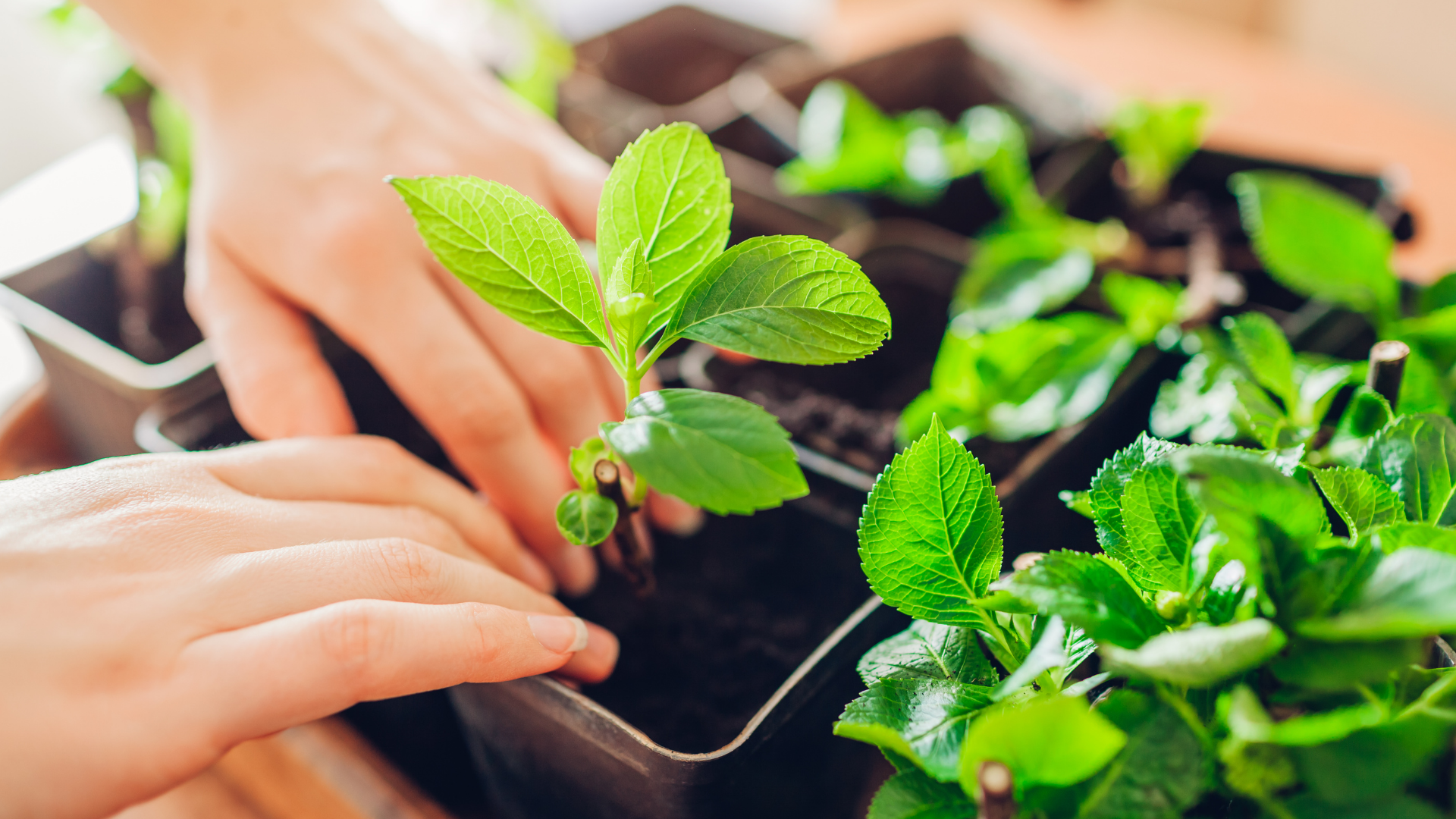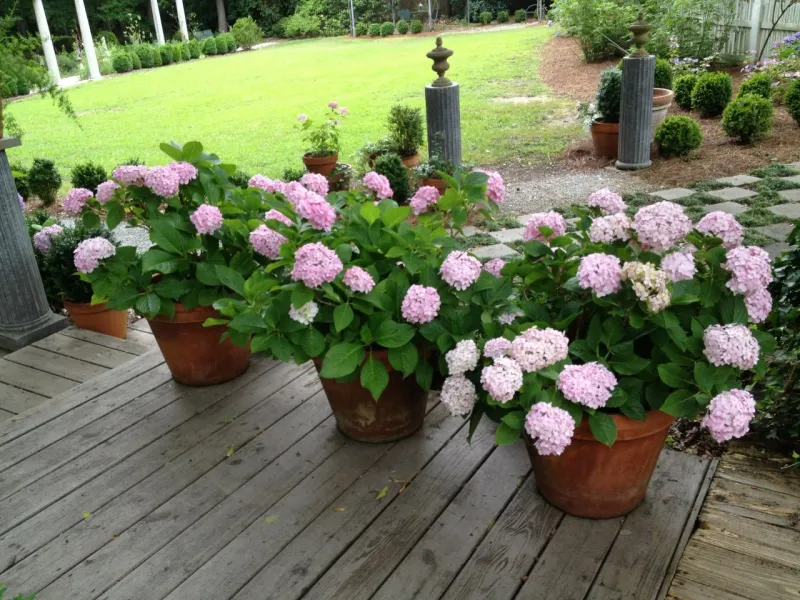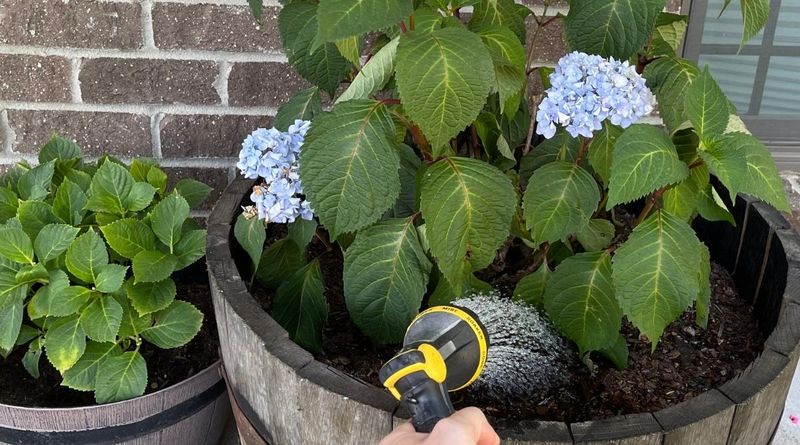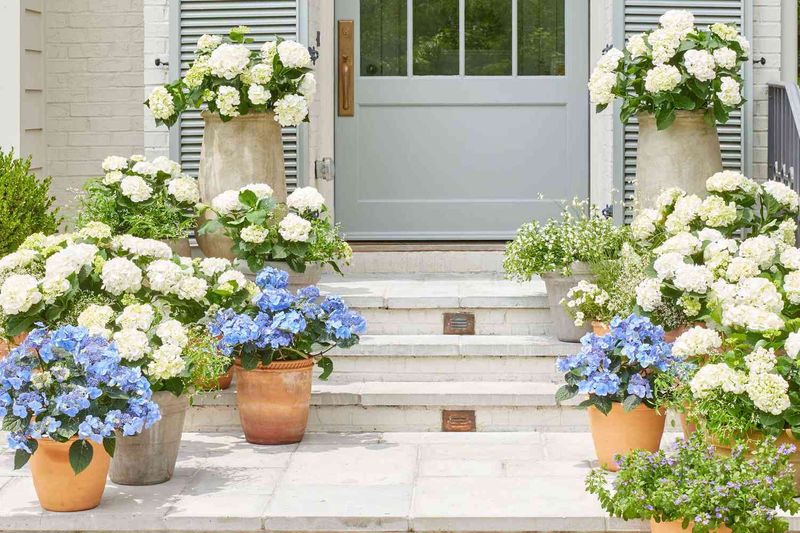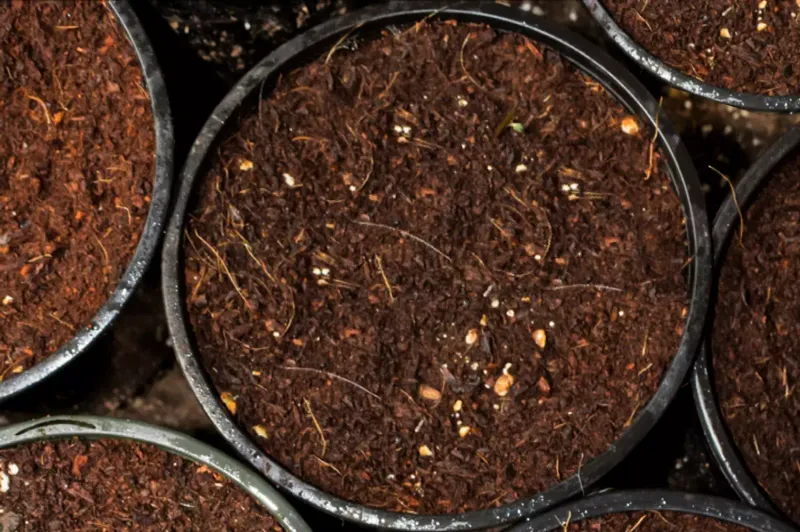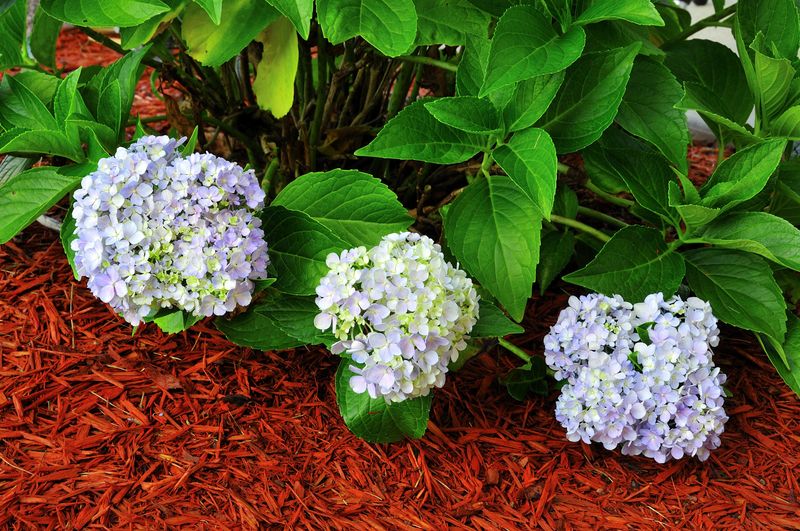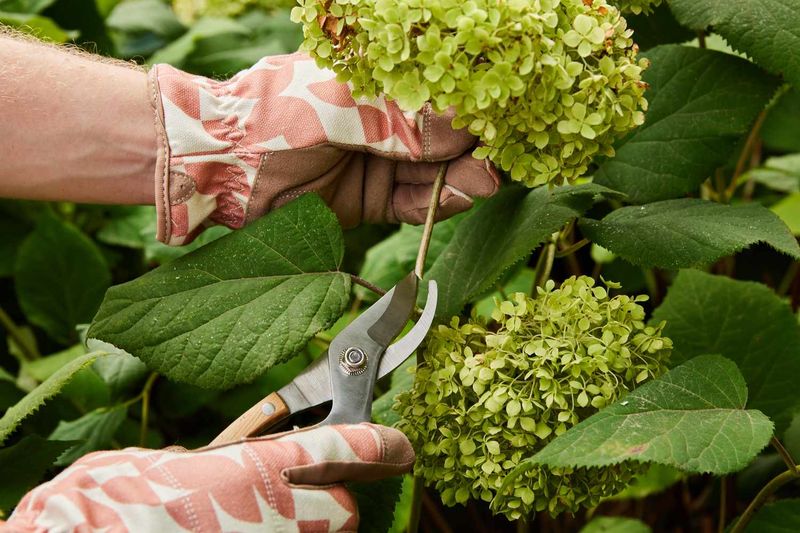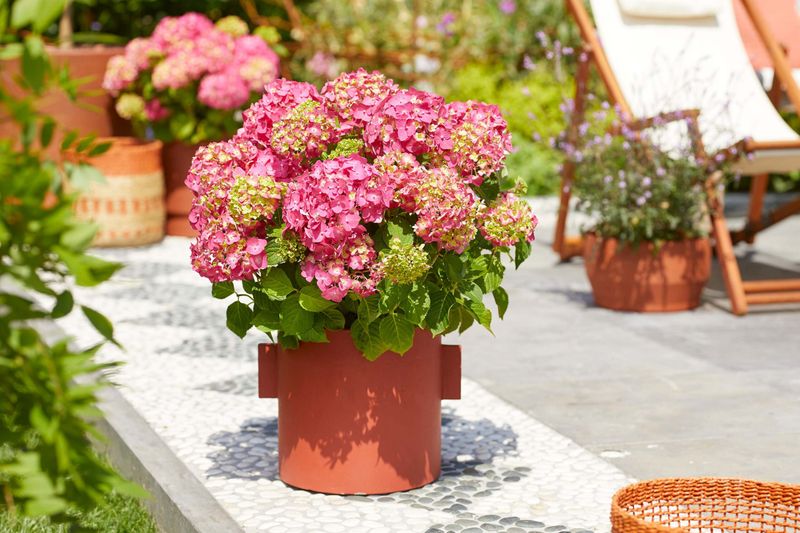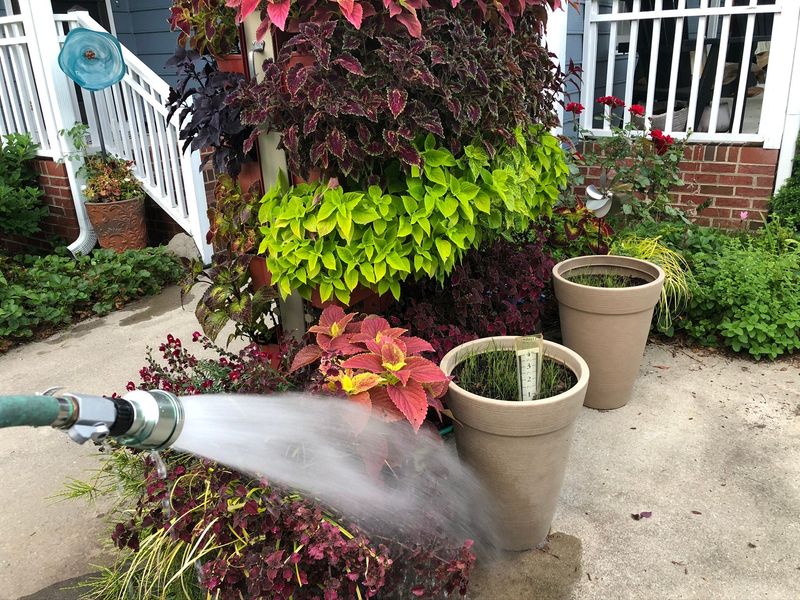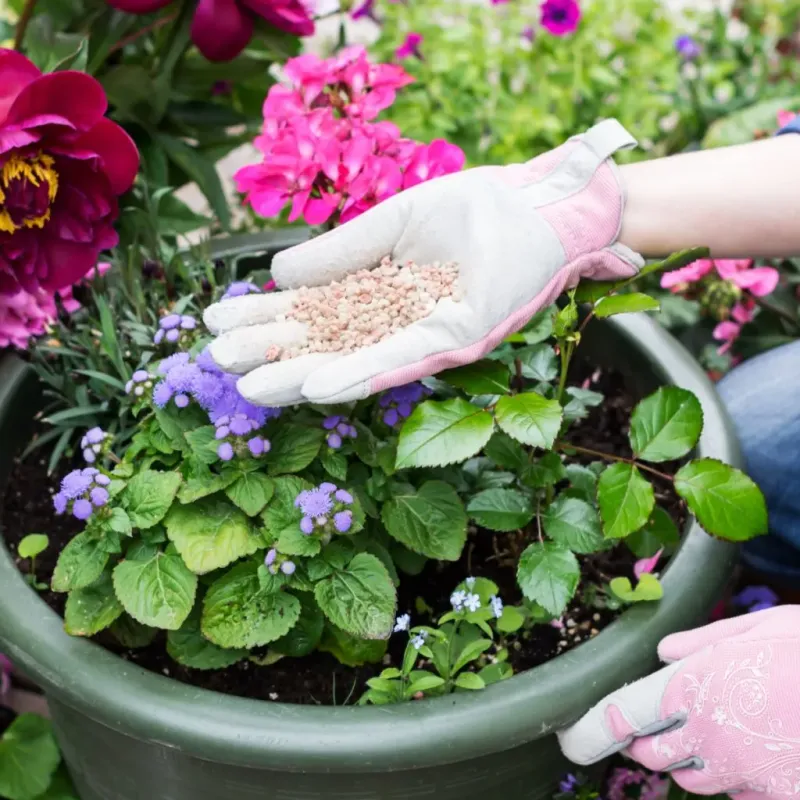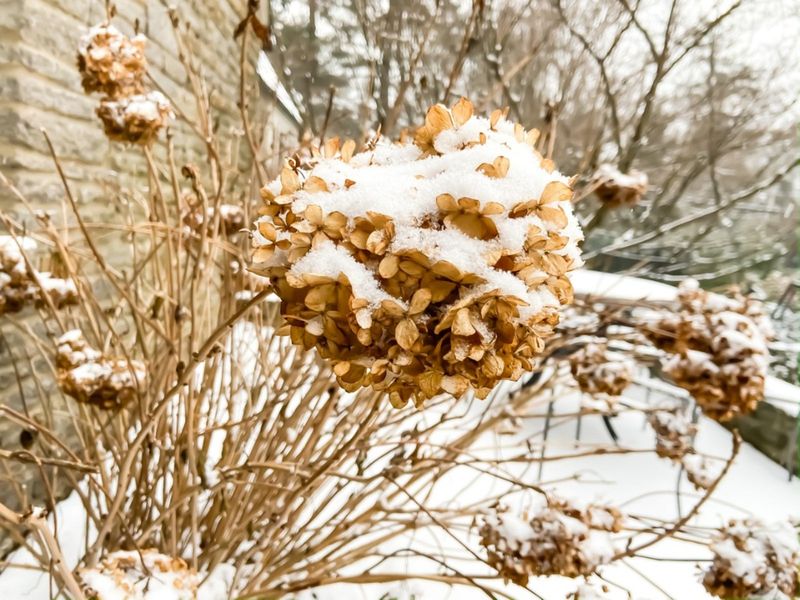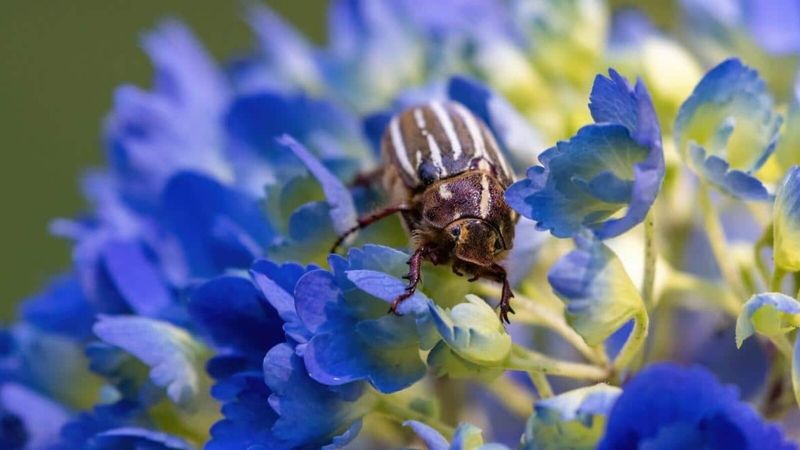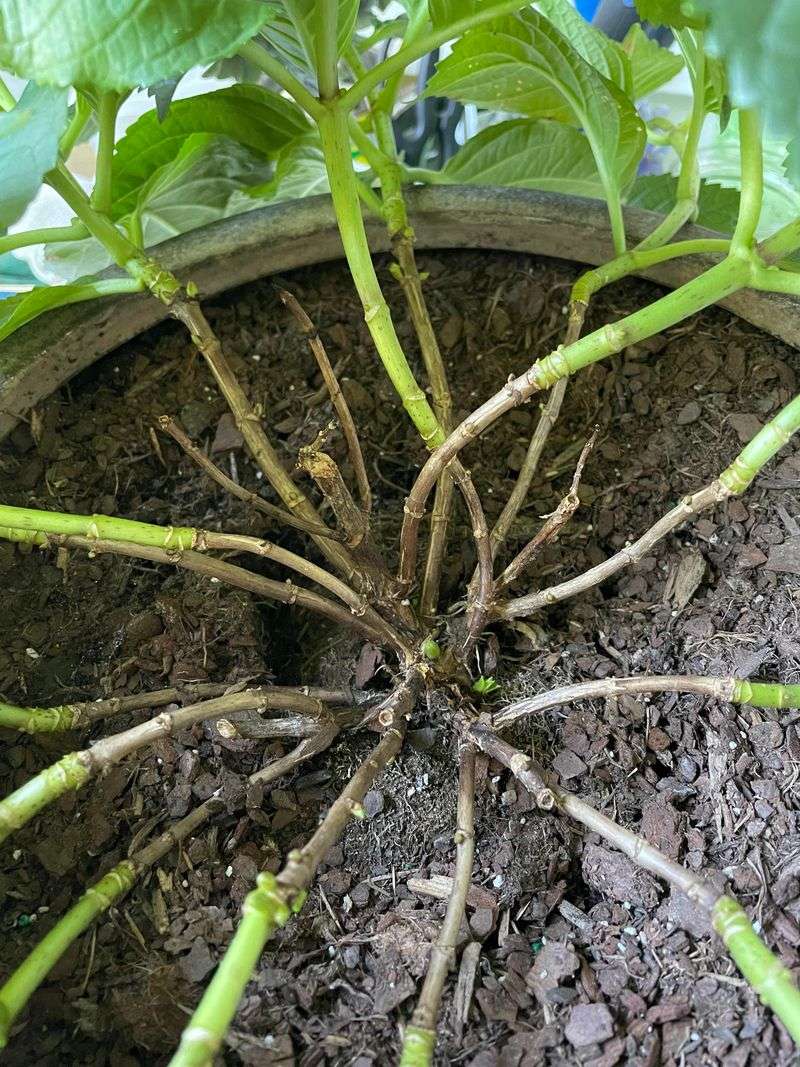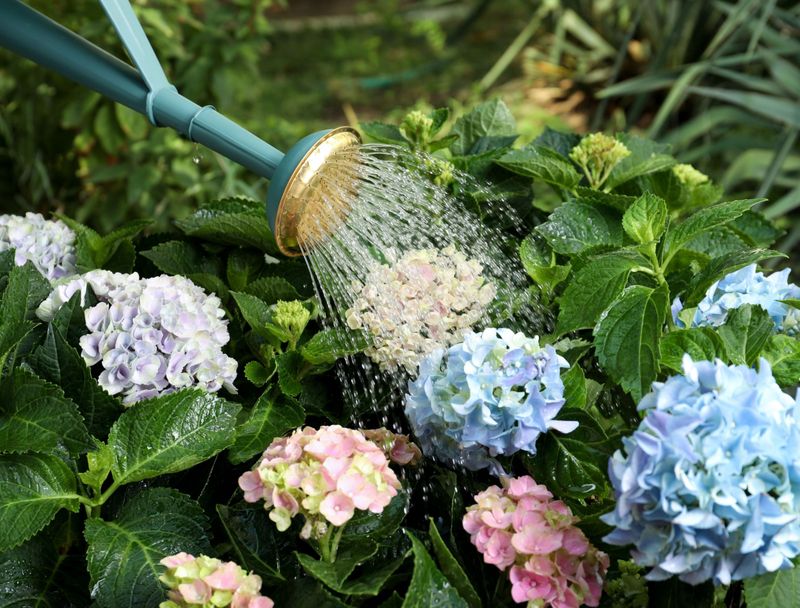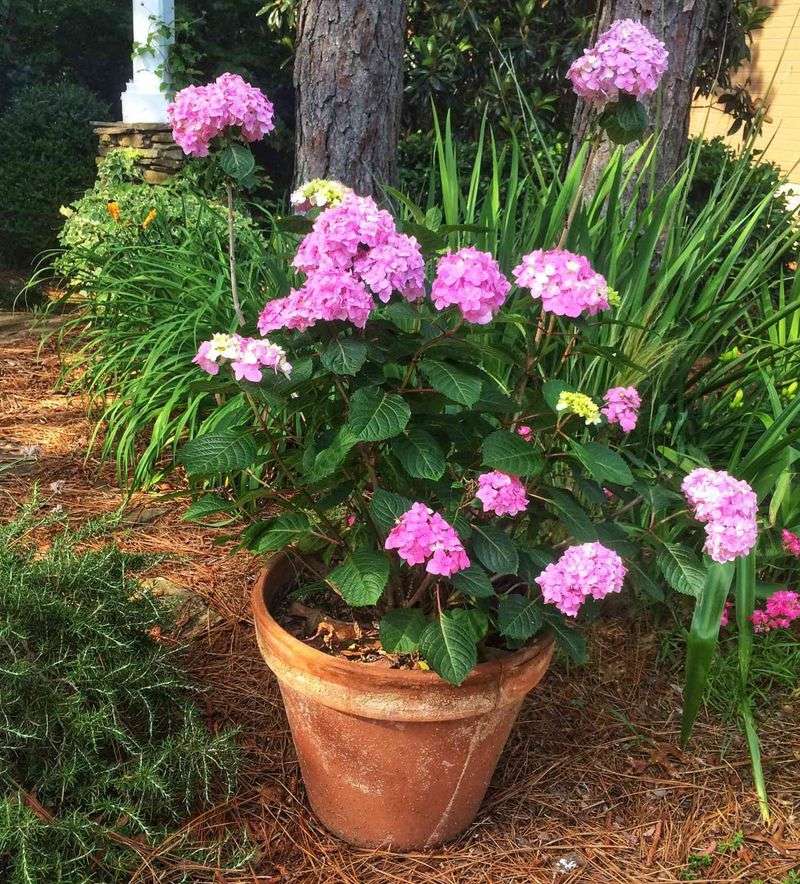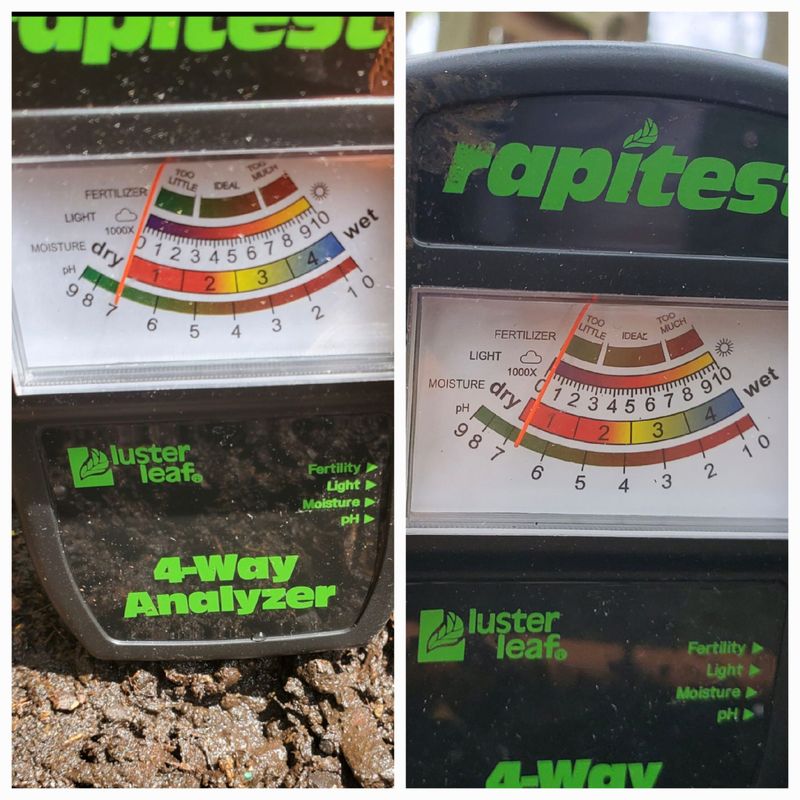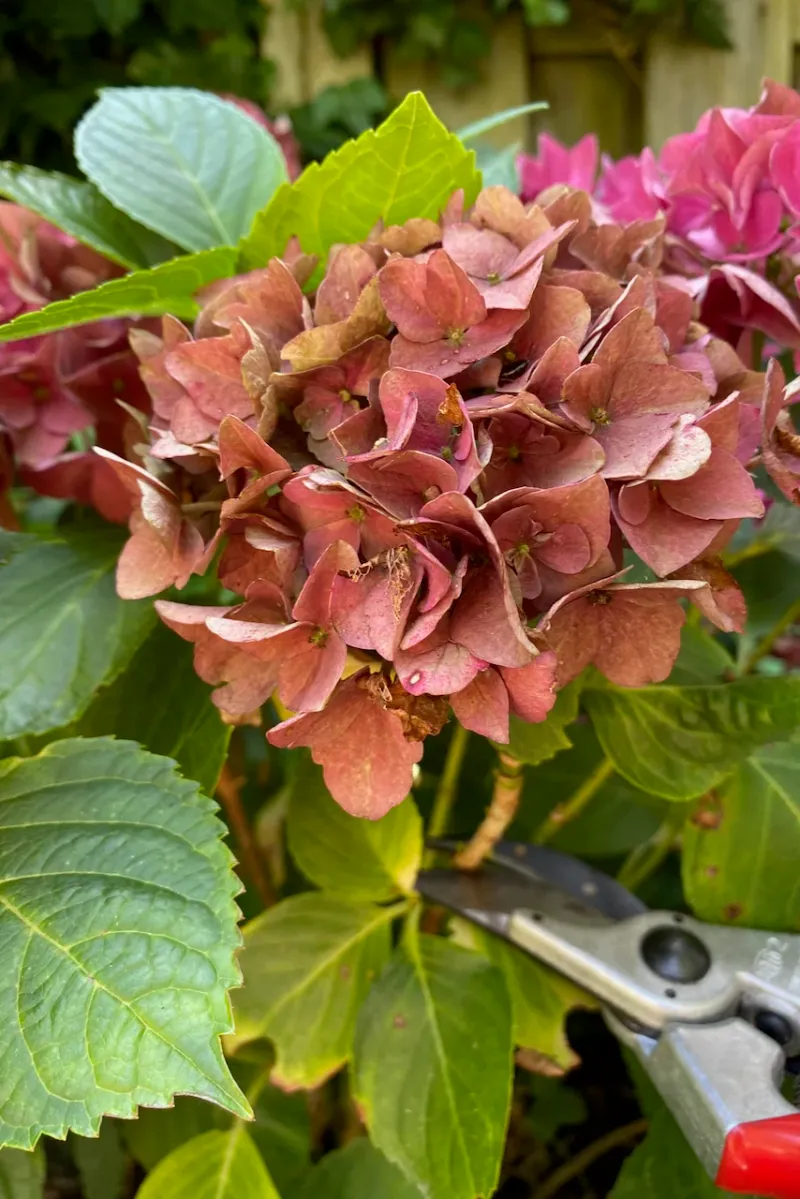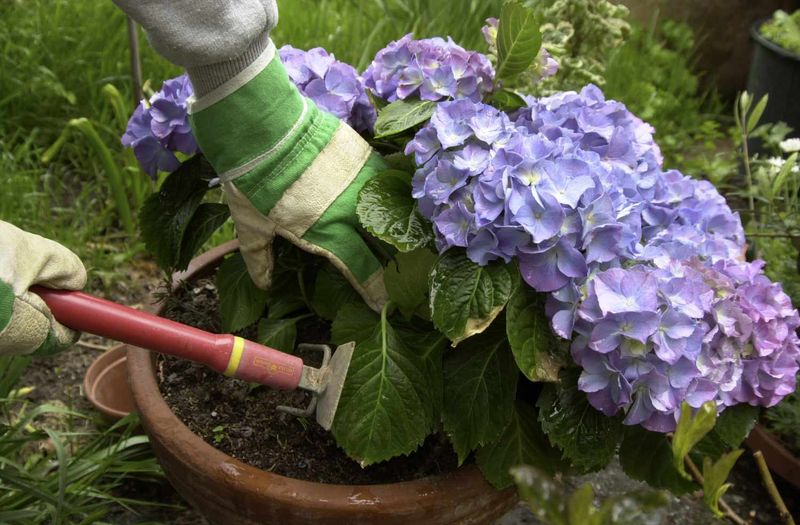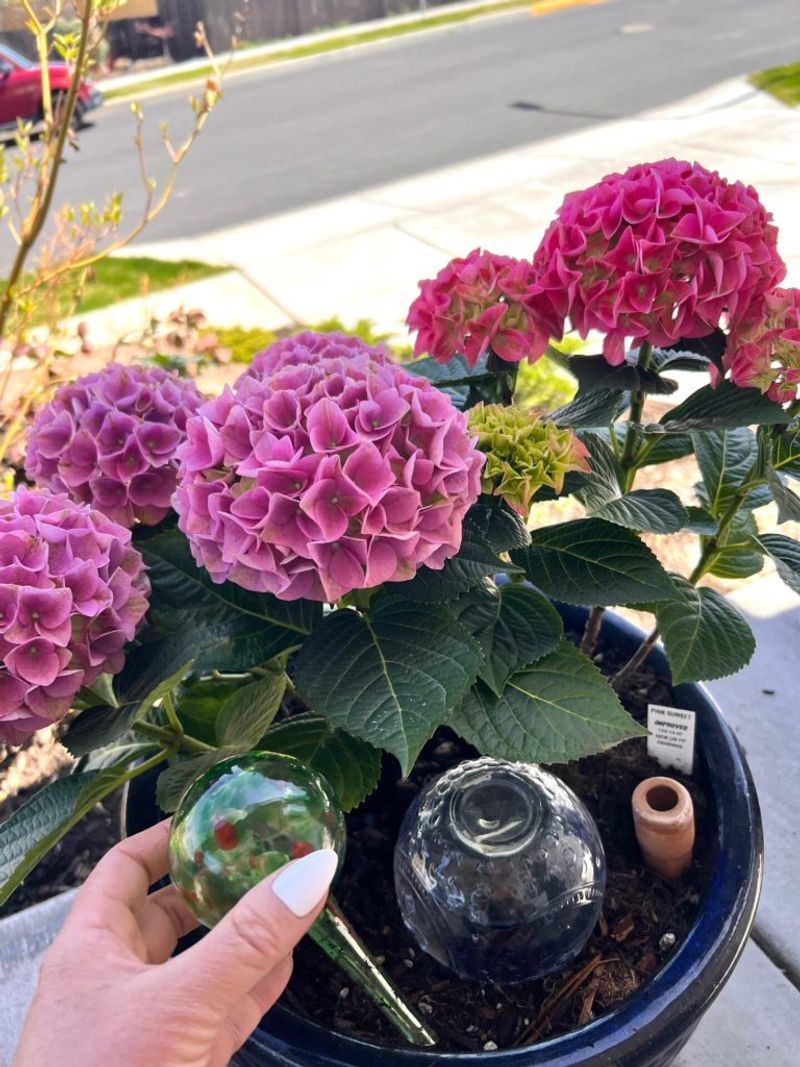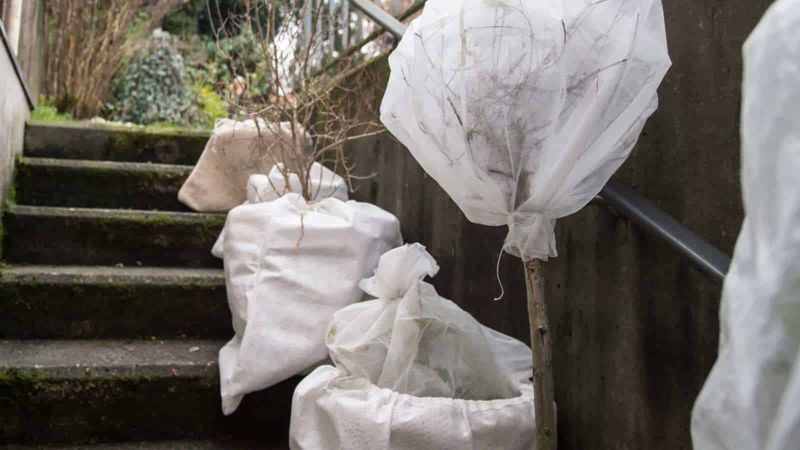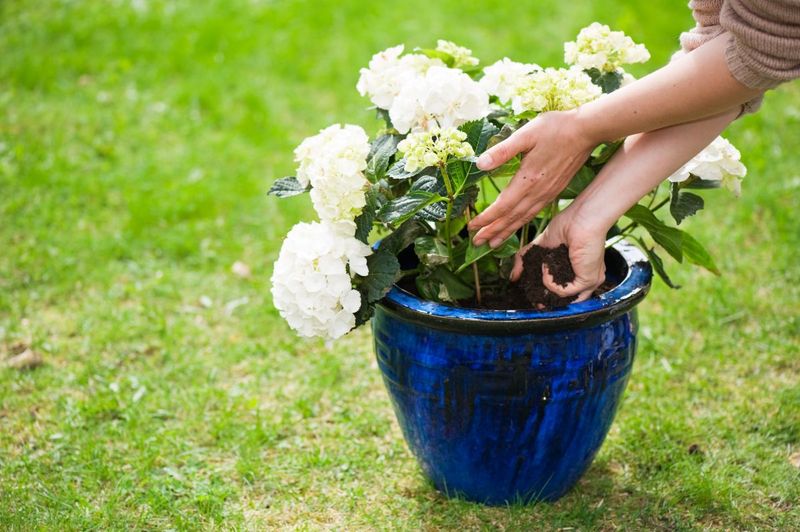Who knew those stunning blooms could be so finicky in containers? I certainly didn’t, until I tried my hand at it!
Growing hydrangeas in containers can seem like juggling cats, but fear not. I’ve gathered some invaluable dos and don’ts to help you master this charming art.
From sunlight debates to watering mysteries, and soil secrets, these twenty tips will turn your hydrangea endeavors from a hair-pulling mystery into a blooming success.
1. Do Choose the Right Container
Selecting the right pot is akin to choosing an outfit for a first date. Hydrangeas need room to grow, and the pot should be large enough to accommodate their roots.
Ensure proper drainage holes to prevent root rot. A container at least 18 inches in diameter is ideal. Additionally, consider the material; clay pots allow the soil to breathe but dry out more quickly.
Remember, bigger is often better when it comes to containers, but ensure it’s not too heavy to move around.
2. Don’t Overwater
Too much of a good thing can be disastrous. When it comes to hydrangeas, overwatering is a common rookie mistake. Their roots don’t like to be constantly soggy.
Rather than following a strict schedule, check the soil’s moisture with your finger. It should be dry an inch down before watering again.
Overwatering can lead to wilting, ironically, due to root suffocation. It’s like trying to breathe through a drenched cloth, unpleasant for everyone involved!
3. Do Provide Adequate Sunlight
Morning sun, afternoon shade. Like a perfect recipe for success. The blooms need plenty of sunlight, but too much can scorch them.
Place your container where it catches the gentle rays of the morning sun and has shade during hotter parts of the day. This balance will help them flourish without turning crispy.
Finding this sweet spot in your garden can be the difference between lush growth and a sad, sunburnt plant.
4. Don’t Ignore Soil Quality
The soil is the unsung hero of your hydrangea’s success story. These plants prefer well-draining, rich soil with plenty of organic matter.
Avoid dense soils that retain water. The pH level plays a big role in bloom color—acidic soils produce blue flowers, while alkaline soils result in pink ones.
Investing in quality potting soil mixed with compost will set the stage for healthy growth. It’s like giving your hydrangea a five-star meal instead of fast food.
5. Do Mulch Strategically
Mulch can be your hydrangea’s best friend. It retains moisture and suppresses weeds, which can compete for nutrients.
Spread a 2-3 inch layer of organic mulch, such as bark or wood chips, around the base of your plant. Avoid piling it against the stem, as this can cause rot.
Think of it as a cozy blanket for your plant’s roots, protecting them from the harsh extremes of temperature and keeping them snug and well-fed.
6. Don’t Forget to Prune
Regular pruning keeps your plant in tip-top shape. Prune in late winter or early spring, cutting back dead wood and spent blooms.
This encourages new growth and prevents the plant from becoming leggy. Be careful not to trim too much, as this can affect blooming.
Think of it as giving your plant a stylish haircut—cutting only what’s necessary to maintain its health and appearance, while avoiding any drastic mohawk transformations.
7. Do Rotate the Pot
Ensure even growth by rotating your pot every few weeks. This simple act prevents one side from getting too much or too little sunlight, which can cause lopsided growth.
Picture it like giving your plant a spin on the dance floor—each side deserves its moment in the spotlight.
By regularly adjusting its position, you encourage symmetrical growth and a balanced, aesthetically pleasing appearance.
8. Don’t Use Hard Water
Hard water and hydrangeas are not the best of friends. Minerals in tap water can build up in the soil, affecting plant health.
If your tap water is hard, consider using rainwater or filtered water for your hydrangeas. This helps avoid any unwanted mineral deposits that can lead to leaf scorching or nutritional imbalances.
It’s like offering your plant a refreshing glass of spring water instead of a mineral-laden concoction.
9. Do Fertilize Wisely
A little bit of fertilizer goes a long way. Use a balanced 10-10-10 fertilizer during the growing season to support your hydrangea’s health.
Over-fertilizing can cause lush foliage at the expense of blooms. It’s the plant equivalent of eating too much cake and feeling too full to dance.
Apply fertilizer sparingly and follow the instructions on the package. This ensures your plant remains healthy and full of blooms without any unwanted side effects.
10. Don’t Neglect Winter Care
Winter can be tough on potted hydrangeas. Prepare them by moving containers to a sheltered spot or wrapping them in burlap to protect from frost.
If feasible, bring them indoors until the frost danger passes. This extra care prevents cold damage, ensuring your plants bounce back in spring.
It’s like tucking your plant in for a long winter’s nap, making sure it’s snug and safe, ready to greet the warmer days with newfound energy and vigor.
11. Do Monitor Pests
Tiny invaders can wreak havoc. Keep a watchful eye for pests like aphids and spider mites on your hydrangeas.
Regular checks and appropriate treatments, such as insecticidal soap, help keep them at bay. Ignoring pests can lead to damage or even plant death.
It’s like letting a small problem snowball into a catastrophe. Early detection and intervention are your best defense in maintaining your plant’s health and beauty.
12. Don’t Let Roots Bind
Roots need space to breathe. If you notice your hydrangea’s growth stagnating, it might be root bound. Gently lift the plant from its pot and check if the roots are circling the bottom.
If they are, it’s time for a bigger pot. Repotting helps your plant thrive by giving the roots room to expand. Imagine squeezing into shoes a size too small, it’s uncomfortable!
Ensuring adequate root space is crucial for healthy growth.
13. Do Water Consistently
Consistent watering is key to success. Irregular watering can stress your hydrangea, leading to poor blooms.
Create a regular watering schedule that considers weather conditions, such as increased frequency during hot spells. It’s not just about how much water, but how often, that matters.
Think of it as setting a daily routine—consistent care will yield the best results. Monitoring soil moisture helps tailor your schedule to the plant’s needs.
14. Don’t Expose to Too Much Wind
Wind can be surprisingly damaging. Strong gusts can break branches or dry out your plant. If your hydrangea resides in a particularly windy location, consider using windbreaks or repositioning to a more sheltered spot.
It’s similar to standing in front of a fan during a cold day—uncomfortable and potentially harmful.
Providing some protection from harsh winds ensures your plant remains upright and healthy, without the risk of becoming a garden casualty.
15. Do Check pH Levels
The soil pH can dictate bloom color. Quite the science experiment! Testing the pH helps you maintain or change the color of your hydrangea’s flowers.
Acidic soils yield blue blooms, while alkaline soils produce pink. Adjust the pH by adding lime for pink or sulfur for blue.
It’s like having a magic wand for your plant’s palette. Regularly checking and adjusting the pH aids in achieving your desired aesthetic and keeps your garden looking fresh.
16. Don’t Forget to Deadhead
Removing spent blooms encourages more flowers. Deadheading prevents the plant from focusing energy on seed production, redirecting it to new growth instead.
Like decluttering your closet, it makes room for fresh, exciting additions. Perform this task regularly, cutting the spent blooms back to a healthy pair of leaves.
This simple step promotes a continuous display of flowers, keeping your hydrangea looking its best throughout the growing season.
17. Do Use Organic Pest Control
Chemicals aren’t always the answer. Opt for organic pest control methods, such as neem oil or insecticidal soap, to keep your hydrangeas healthy without harming beneficial insects.
These natural solutions effectively manage pests while maintaining ecological balance. It’s like choosing a gentle yet effective remedy over harsh treatments.
By prioritizing organic options, you safeguard not only your plant but also the surrounding environment, ensuring a healthy garden space for all.
18. Don’t Let Leaves Wilt
Wilting leaves signal distress. It often results from underwatering, poor soil quality, or excessive heat. Addressing these issues promptly prevents long-term damage.
Keep the soil consistently moist, improve drainage, and provide shade during peak heat. It’s similar to addressing a friend’s concerns before they escalate.
By being attentive to your plant’s needs, you can prevent wilting and ensure its long-term health, keeping it lush.
19. Do Protect from Frost
Frost is a formidable foe. Protect your hydrangea by covering it with frost cloth or moving it indoors as temperatures drop.
This proactive step prevents frost damage, which can lead to blackened leaves or plant death. It’s like pulling out your warm winter coat before a snowstorm.
Taking precautions against frost ensures your plant survives the cold months and emerges ready to flourish when spring arrives, setting the stage for a robust growing season.
20. Don’t Forget Regular Feeding
Feeding your hydrangea is crucial for ongoing health. Use a slow-release fertilizer at the start of the growing season to provide a steady nutrient supply.
Regular feeding supports bloom production and overall vigor. It’s like starting your day with a hearty breakfast, essential for sustained energy.
By providing consistent nutrients, you ensure robust growth and plentiful blooms, making your hydrangea a centerpiece of beauty in your container garden.

